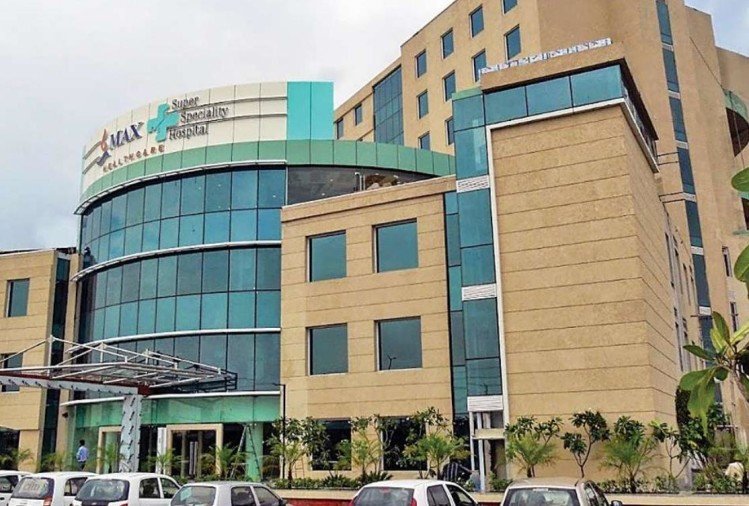During the second wave of the pandemic, there was a 40% increase in mortality among hospitalised coronavirus disease (Covid-19) patients as compared with the scenario in the first wave. This observation was made in a pre-print study of hospitalisations with the viral infection across Max Healthcare hospitals. The clinicians are attributing this to patients reaching hospital late, when their condition already turned serious.
The study on patients is based on clinical data from over 14,000 Covid-19 patients admitted during the first wave and over 5,400 during the second wave to Max hospitals in Delhi-NCR, Mohali, Dehradun, and Bhatinda.
Also See: Are Covid vaccines magnetic? Facts you should know related to coronavirus
The mortality was higher across age groups during the second wave. But, the sharpest three-fold increase was seen among the young patients below the age of 45 years. The mortality, proportion of admitted patients who died, has increased from 1.3% last year to 4.1% this year.
Dr Sandeep Budhiraja, group medical director, Max Healthcare said, “Although the age profile of the hospitalised patients remained the same during the first and the second wave of Covid-19, our data shows that the mortality among the young people increased three times which is what most clinicians have been saying. The higher mortality could be because people were reaching hospitals late most hospitals were running full at the peak, more secondary infections, or higher mortality due to delta variant that led to the second wave.”
Also See: New mutants of Coronavirus
The study showed that during the second wave, the average duration from the symptom to hospital admission among those below the age of 45 years increased by a day from 6.3 to 7.3. In the second wave, the severity of the disease at admission also increased to 39.4% of the patients admitted. The severity proportion was at 32% in first wave. Dr Budhiraja explained that, this could be because all Covid-19 patients had to be admitted, regardless of severity of disease, at the beginning of the pandemic.
The study shows that there was also a statistically significant increase in the proportion of the patients who needed oxygen support during the second wave at 74%. This proportion was at 63.4% during the first wave.
On the positive side, despite the increase in the severity of the disease, the duration of hospitalisation went down from nine days to eight days.
Dr Budhiraja said, “This is the average; duration of hospitalisation was much longer for severe cases. This is likely the result of another policy change by the government. Initially, patients were required to get two consecutive RT-PCR negative reports before discharge; now it is no longer needed or encouraged.”
Also Read: Centre updated SCI on the vaccination after being pushed by the Court
Another concerning aspect was the proportion of Covid-19 patients who developed secondary infections. It was also more than double during the second wave. This proportion increased from 11.9% during the first wave to 27.8% during the second wave.
There is also a change in the cases of mucormycosis of black fungus from last’s year’s first wave to this year’s second wave. There were only 10 cases and 2 deaths reported during the first wave across the Max Healthcare chain, in comparison to 169 cases & 17 deaths reported this year. The study also found that the use of steroids and anticoagulants has remained high and consistent between the two waves. Anticoagulants are medicines used to prevent blood clots.
Dr Budhiraja commented, “This is one of the largest studies from India on clinical profile of hospitalised Covid-19 patients. And, we have looked at various parameters such duration of hospitalisation, need for oxygen, treatments given, and laboratory markers.”





